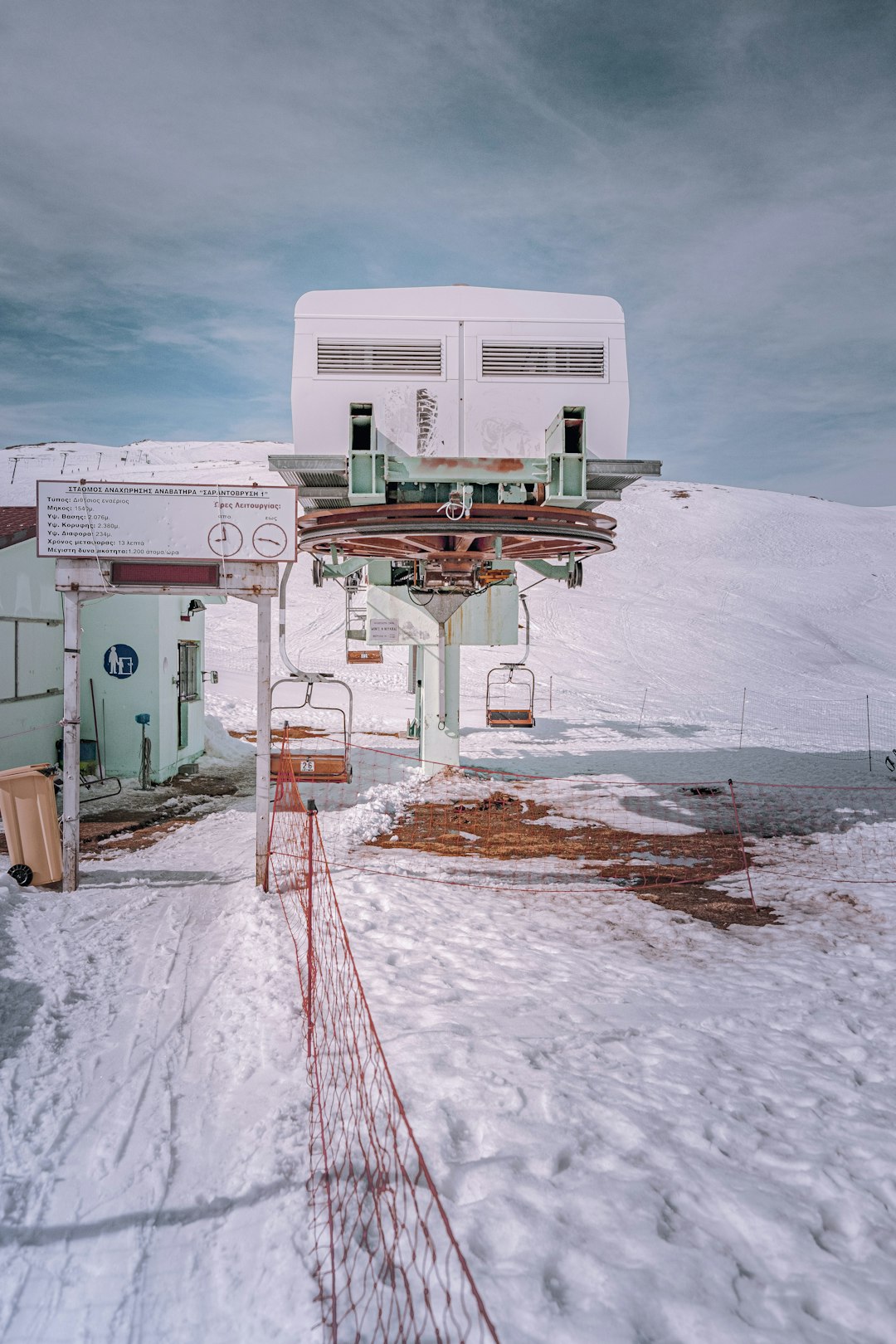Launched under the banner of international scientific collaboration, Grandis Expedition 33 stands as a landmark example of how complex, multidisciplinary research ventures can be successfully funded in the 21st century. The mission, aimed at studying deep biosignatures in unexplored polar regions, required not just scientific expertise but also considerable financial oversight and ingenuity. The path to securing funding was multifaceted, relying on a strategic blend of governmental support, private sector partnerships, and nonprofit contributions.
At its core, the funding strategy for Grandis Expedition 33 was built on a simple yet effective principle: diversifying financial streams to ensure both resilience and sustainability. Given the scale and scope of the mission, planners knew from the outset that a single funding source would be inadequate—thus began a meticulous campaign to assemble support from various sectors.
Government Contributions
The foundation of the expedition’s budget was established through national government grants, particularly from countries with vested interests in polar research and environmental monitoring. The National Science Councils of Norway, Canada, and New Zealand jointly contributed approximately 45% of the initial budget through long-term research funding programs.
These contributions were justified on multiple grounds:
- Climate Change Research: Governments prioritized data collection in polar regions as part of global climate strategies.
- Geopolitical Interest: Nations aimed to reinforce their claims and interests in Arctic and Antarctic territories through scientific presence.
- Academic Partnerships: The expedition served as a platform for universities and public research institutes to participate in high-impact science.
Ultimately, government investment was not only financial but also political, helping secure permits, logistical support, and international cooperation.
Private Sector Engagement
The second largest source of funding came from the private sector. High-tech companies with interests in environmental sensors, drone technologies, and autonomous data collection tools contributed both capital and resources. By aligning their corporate social responsibility missions with scientific advancement, they gained public recognition and valuable data for product development.
Prominent examples include:
- Adara Systems Ltd.: Provided sensors and remote monitoring systems, accompanied by $8 million in direct funding.
- OceaGen Corporation: Funded part of the maritime operations in exchange for exclusive oceanographic data rights in non-sensitive areas.
- HelioSpace Innovations: Donated autonomous solar-powered drones used for aerial mapping and measurement.
These collaborations required stringent oversight to ensure scientific integrity and data transparency while respecting corporate expectations.

Institutional and Philanthropic Support
Recognizing the global relevance of the expedition’s mission, several international institutions and philanthropic foundations contributed to the final 20% of the project’s funding needs. The World Alpine Research Trust granted a five-year commitment for supplementary fieldwork, while the Polaris Foundation—a group known for funding climate science initiatives—provided unrestricted backing for outreach and citizen science integration.
Additionally, major universities joined the venture, offering funding through their own research programs and development funds. Institutions such as the University of Cambridge, Kyoto University, and the University of Cape Town not only helped finance the mission but also embedded their researchers in various scientific teams, creating a truly global research network.
Strategic Public Engagement
Another surprisingly successful funding pillar was a targeted public engagement campaign. Through a mix of online fundraising, live-streamed briefings, and an exclusive supporter club known as “Friends of Grandis 33,” the expedition raised over $2 million in voluntary donations. Key to this success was the high level of transparency provided to contributors, with real-time updates and immersive video footage from base camps.
This not only broadened the funding base but also enhanced awareness of the mission’s goals among the general public—an often overlooked but vital component for future science initiatives.

Conclusion
Securing funding for Grandis Expedition 33 required more than just appealing to scientific merit. It demanded a robust multi-channel strategy that balanced the goals of diverse stakeholders while maintaining scientific autonomy. By leveraging government programs, private sector innovation, philanthropic mission alignment, academic partnerships, and public enthusiasm, the funding framework became as innovative as the expedition itself.
The model established by Grandis 33 now serves as a template for future large-scale research initiatives operating in complex geopolitical and environmental landscapes. Its success demonstrates that with transparency, strategic outreach, and cooperative planning, even the most ambitious scientific explorations can find the support they need.
